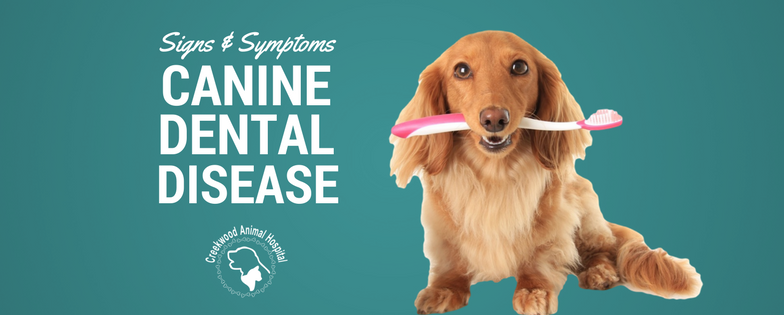|
Signs of oral and dental diseases in dogs and cats
Unfortunately, many times before dental care is provided for pets, dental disease is present. Just as preventive care for your pet is relatively inexpensive, treating dental disease can be significantly more costly. A comparison is if you take good care of your car with regular lube, oil and filter changes, and the cost is minimal compared to having to rebuild the engine or transmission. There is a wide variation in the degree of dental health in pets. Dental disease can be put into four categories: tartar, gingivitis, pyorrhea and periodontitis. TARTAR Tartar is the accumulation of plaque that has hardened on the teeth, usually starting at the gumline in conjunction with gingivitis. GINGIVITIS Gingivitis is inflammation of the gums. The gums may be irritated, inflamed or infected. You can easily see this by the increase in the pinkness of your pet's gums, especially at the gumline. The gingiva may have receded, allowing tooth roots to be exposed. Another condition is when the gingiva may have become hyperplastic, a condition where too much tissue has developed in an area. Pyorrhea is very serious. It is pus in the mouth, usually between teeth and gums. This infection is usually causing periodontitis, which is loss of bone that holds the teeth in. PYORRHEA & PERIODONTITIS Pyorrhea and Periodontitis go hand in hand. These pets may have damage to their heart valves, liver, kidneys and lungs caused by the dental disease. Once a kidney cell is damaged, it will never recover, nor be replaced by the body. We must prevent further damage to the kidneys. These pets are at increased risk, and require special care. We must be more cautious with these pets. We have gone to great expense to insure your pet is well monitored under the safest anesthesia possible. One or more reasons cause dental tartar, gingivitis and/or periodontitis. The first reason is feeding canned or soft foods. These foods give no benefits to the teeth and gums because they require little to no chewing. The second is hairstyles/grooming. Pets that have beards or long hair around their mouth seem to develop dental disease faster than well-trimmed breeds. The hair around the lips catches moisture and bacteria and constantly feed bacteria into the mouth. Lack of grooming, or lack of in-home dental care is a leading condition. The final reason is genetics. As with our teeth - some people get cavities or excessive tartar due to genetics - some animals have more dental problems than others due to genetics. Since we cannot change our genetics, dry food and hard biscuits and daily brushing, preferably with an electric toothbrush, are our recommendations. We have seen significant improvement in dental health with pets fed Hill’s Science Diet t/d (Tartar Control Diet) as treats. Fractured (broken) teeth are another common abnormality seen. Chewing on hard objects can break teeth. Sometimes fractured teeth need to be extracted or referred to a veterinary dentist for repair. Dental health is your choice. Let us help you keep your pet as healthy as possible.
5 Comments
|
Archives
October 2018
Categories |
HOURSMON.-THURs. 8:30-5:30
|
|

 RSS Feed
RSS Feed
